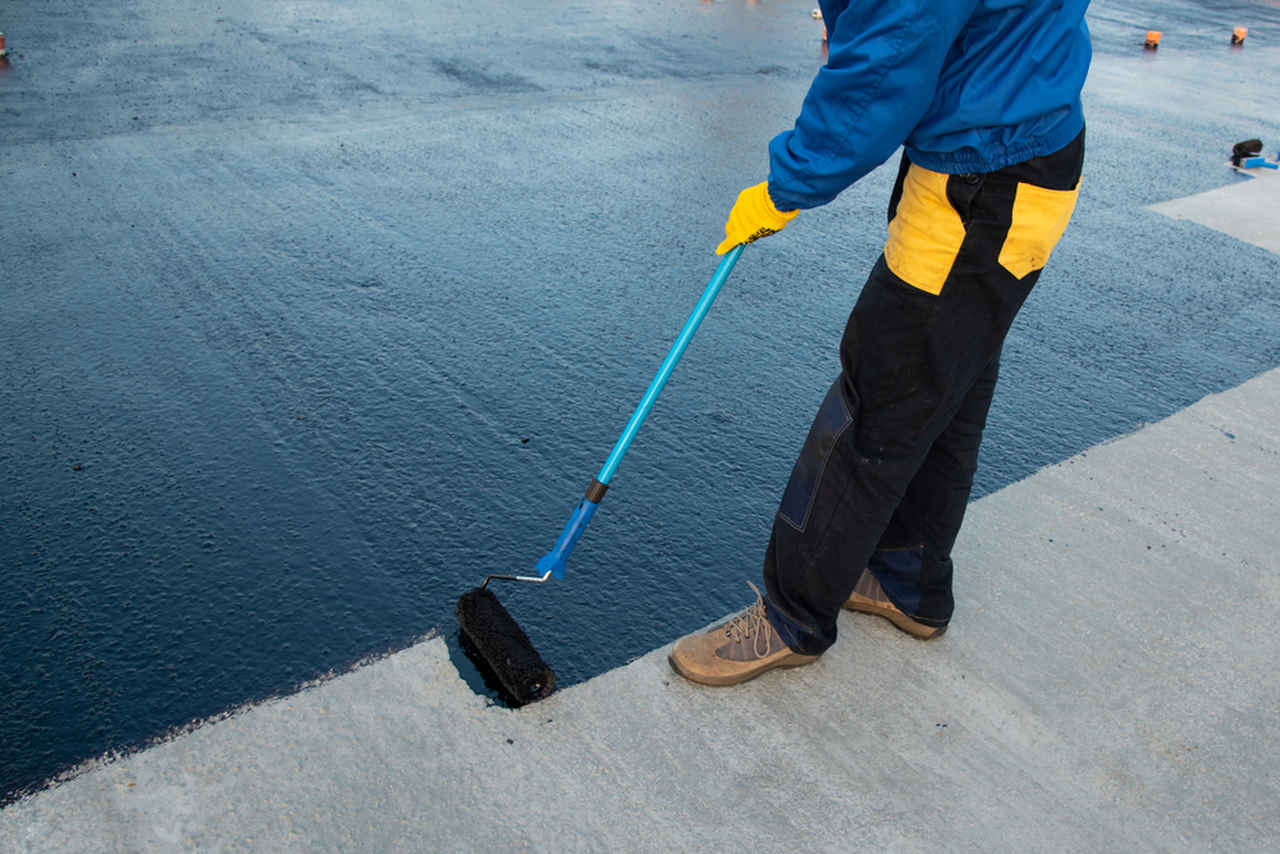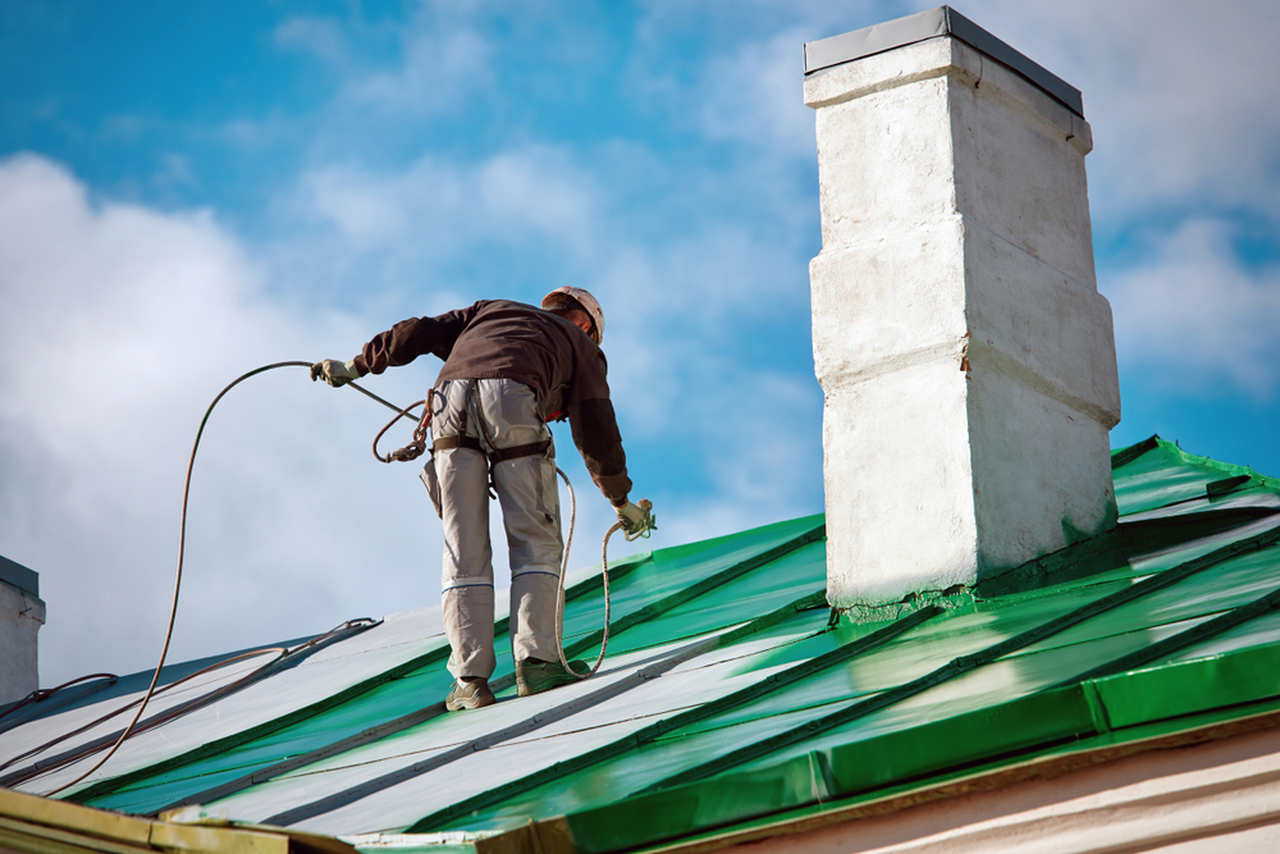The Do’s and Don’ts of Sump pump discharge drainage Omaha for Residential Properties
Just How Waterproofing Works: A Detailed Take A Look At Methods and Technologies
Waterproofing is necessary for safeguarding structures from moisture-related damage. It entails different techniques and technologies that produce obstacles against water intrusion. Typical techniques, such as compacted clay, exist side-by-side with modern-day advancements like liquid-applied membranes. Recognizing the nuances of these approaches is crucial for effective application. Nonetheless, the efficiency of any kind of waterproofing service hinges not only on the techniques utilized but likewise on ongoing maintenance and evaluation. What are the vital elements that affect long-lasting efficiency?
Understanding the Fundamentals of Waterproofing
Waterproofing is an important procedure that protects structures from water breach, which can result in substantial damage gradually. This approach includes the application of numerous products and techniques created to produce an obstacle versus moisture. The main objective is to avoid water from passing through surfaces, which can cause damage, mold and mildew development, and structural instability.Various elements influence the option of waterproofing technique, including the sort of framework, its location, and environmental conditions. Understanding the physics of water motion and the homes of different materials is important in picking a reliable waterproofing solution.Effective waterproofing not just safeguards structures yet likewise improves their long life and stability. Commonly, it is incorporated right into the style phase of building to ensure extensive security. As understanding of water-related issues grows, the importance of understanding waterproofing principles comes to be significantly clear to designers, home builders, and homeowner alike.
Typical Waterproofing Methods
Typical waterproofing approaches have actually been used for centuries, relying on reliable methods and materials to safeguard frameworks from water damages. Among the oldest techniques includes the use of clay, which, when compacted, creates an all-natural obstacle against dampness. Furthermore, bitumen, a sticky, black material acquired from petroleum, has been used for its waterproof buildings, usually used to roofing systems and foundations.Another method entails the application of lime-based plasters, which offer a breathable layer that permits moisture to run away while avoiding water access. Thatch roofing, a typical method still seen in some societies, supplies outstanding waterproofing as a result of its tightly loaded straw layers.Moreover, the usage of rock and brick has been noticeable, as these materials are inherently immune to water when correctly installed. In general, standard waterproofing approaches emphasize the value of selecting suitable products and construction practices to improve durability against water invasion.
Modern Waterproofing Technologies
Innovations in modern waterproofing innovations have actually changed the way structures are safeguarded from water damage. Ingenious techniques such as liquid-applied membrane layers and innovative sealers have actually boosted the performance and convenience of waterproofing solutions. These innovations enable for seamless application, decreasing the risk of leaks and ensuring extensive protection over complicated surfaces.Moreover, the assimilation of wise modern technologies, such as dampness sensing units and automated surveillance systems, makes it possible for real-time evaluation of waterproofing performance. This aggressive technique promotes prompt maintenance and decreases long-term repair costs.Additionally, advancements in spray-applied coatings offer fast application and superb bond, adapting to various substratums while giving durable protection. Techniques like polymer-modified systems better boost adaptability and durability, making them suitable for varied atmospheres. In general, modern waterproofing modern technologies not just alleviate water intrusion yet also contribute to the longevity and sustainability of frameworks, marking a substantial shift in the sector.
Materials Made Use Of in Waterproofing
The efficiency of waterproofing solutions heavily depends on the materials made use of in their application. Various products are used to create obstacles versus water ingress, each with special buildings suited for various settings. Typically made use of materials include membrane layers, coverings, and sealants.Liquid-applied membrane layers, often made from polyurethane or acrylic, develop a smooth obstacle that adjusts to complex surfaces. Sheet membranes, commonly constructed from rubber or thermoplastic, offer longevity and are perfect for larger locations. In addition, cementitious waterproofing materials, composed of cementitious compounds, supply superb bond and flexibility.Sealants made from silicone or polyurethane are crucial for joints and seams, making certain comprehensive defense. Sophisticated materials, such as geo-composite membranes, integrate numerous features, boosting efficiency. Overall, the selection of waterproofing materials is vital in achieving lasting and efficient water resistance, tailored to particular project requirements and environmental problems.
Usual Applications of Waterproofing
Waterproofing plays an essential role in numerous fields, ensuring the long life and stability of structures. Common applications consist of household options that safeguard homes, commercial infrastructure that safeguards organizations, and commercial settings that call for durable protection versus wetness. Understanding these applications highlights the relevance of waterproofing in maintaining both security and functionality throughout different settings.
Residential Waterproofing Solutions
Lots of property owners face obstacles with wetness intrusion, making effective property waterproofing services vital. Numerous methods exist to resolve this problem, consisting of exterior and interior waterproofing systems. Inside services typically include the application of sealants and layers to cellar walls, which assist prevent water infiltration. Exterior approaches usually include the setup of water drainage systems and waterproof membrane layers that draw away water away from the foundation.Additionally, house owners might consider sump pumps to get rid of water accumulation and dehumidifiers to manage moisture levels. Appropriate grading and using seamless gutters also play a vital role in handling water circulation around the home. By executing these approaches, property owners can substantially minimize the risk of water damages and mold growth, making certain a completely dry and safe living atmosphere.

Industrial Facilities Defense
Efficient waterproofing services play a crucial duty i loved this in the security of commercial facilities. Yard drainage Omaha. These techniques are crucial for protecting structures, vehicle parking frameworks, and bridges from water damage, which can compromise architectural integrity and cause pricey repairs. Usual applications include the installation of membranes, coverings, and sealants that produce barriers versus wetness seepage. Locations such as basements, roofing systems, and exterior walls are commonly prioritized to ensure long life and longevity. In addition, waterproofing systems can enhance power performance by preventing water-related concerns that might cause mold and mildew growth and wear and tear. By executing robust waterproofing measures, homeowner can secure their investments and maintain functional effectiveness, eventually adding to the total sustainability of industrial facilities
Industrial Applications Overview
While different sectors deal with unique difficulties, the need for trustworthy waterproofing solutions continues to be a constant in commercial applications. Industries such as production, click to investigate building, and power often experience environments where moisture exposure can jeopardize structural stability and functional efficiency. In manufacturing facilities, waterproofing is important for shielding machinery and materials from water damage. In construction, it safeguards foundations and basements against groundwater infiltration. The energy market counts on waterproofing for the defense of tools in hydroelectric plants and offshore frameworks. Additionally, food processing industries utilize waterproofing to assure health and compliance with security requirements. In general, efficient waterproofing services are crucial for boosting durability, safety, and productivity across different industrial settings.
Upkeep and Longevity of Waterproofing Solutions
Although waterproofing services are made to supply lasting defense against moisture intrusion, regular maintenance is vital to assure their performance and long life - Sump pump installation & replacement Omaha. Regular examinations play a considerable role in recognizing prospective issues such as splits, peeling, or indicators of water damage. Addressing these troubles immediately can avoid further deterioration and pricey repairs.Additionally, cleansing the surface of waterproof locations aids get rid of dirt and debris that can jeopardize the stability of the waterproofing barrier. It's additionally a good idea to reapply protective coatings or sealers as suggested by producers to maintain suitable performance. Ecological aspects, such as UV exposure and extreme weather, can impact the lifespan of waterproofing products, making routine assessment vital
Regularly Asked Inquiries
Can Waterproofing Be Applied in Winter?
The inquiry of applying waterproofing in cold climate elevates issues regarding attachment and curing. Numerous products may not carry out at their finest in reduced temperature levels, demanding mindful option and factor to consider of details standards for reliable application.
The Length Of Time Does Waterproofing Generally Last?
The duration of waterproofing effectiveness varies based on products and ecological variables. Usually, it can last from 5 to 10 years, however routine maintenance and evaluations are important to guarantee peak performance and longevity.
Is Do It Yourself Waterproofing Effective and Safe?
The performance and safety and security of do it yourself waterproofing depend upon various factors, consisting of worldly high quality and application method. While some individuals achieve satisfactory outcomes, Website others may experience concerns that endanger long-lasting protection and architectural integrity.
What Are the Indicators of Failing Waterproofing?
Indications of stopping working waterproofing consist of noticeable water stains, peeling off paint, mold development, mildewy odors, and wetness in walls or ceilings - Yard drainage Omaha. These indicators recommend compromised obstacles, necessitating timely evaluation and possible remediation to avoid additional damages
How Do I Select the Right Waterproofing Contractor?
